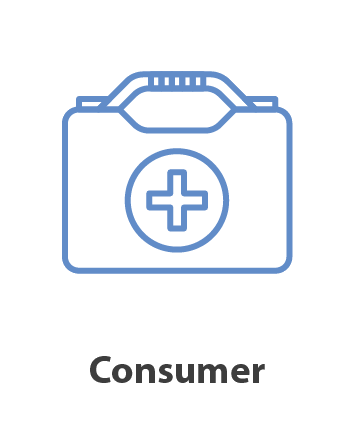2: Terminology Standards and Tools
What are Terminology Standards?
Terminology standards focus on providing a standardized set of terms, definitions, and codes for describing concepts, entities, and relationships within a particular domain. These standards aim to ensure consistency, clarity, and interoperability in the use of language within that domain. Terminology standards often include comprehensive vocabularies or terminologies, as well as guidelines for their use.
A health terminology data standard is a specific set of rules and conventions for organizing and describing medical data. It's designed to ensure consistency, interoperability, and accuracy in healthcare information management. These standards help healthcare professionals, researchers, and systems communicate effectively and understand medical data consistently.
While the original intent of terminology standards in health care settings was for administrative purposes (specifically billing), they are now used for a variety of purposes:
- Facilitating search and retrieval
- Collecting and organizing data
- Linking knowledge sources together
Example settings include:
| Setting | Terminology Standard Use | Example |
|---|---|---|

|
Recording of health information in the EHR. In most cases, the physician selects a term that is matched to a code in a terminology standard. | A physician can enter the term diabetes and find the term "Diabetes Mellitus, Type 2" in the EHR system. |

|
Public health and health services researchers can employ terminologies in coding, structuring, and analyzing datasets to look for trends and patterns. | A researcher can use terminology sets to analyze text in health records to find a relationship between a class of drugs and a health outcome. |

|
Terminologies can be used to help connect consumers with reliable information sources as part of their EHR interface, such as via a patient portal. | Clicking on an icon offering "more information" about something in a medical record can link to reference information, for example, with MedlinePlus Connect by NLM. |
Example medical terminology standards include:

SNOMED CT
SNOMED CT (Systematized Nomenclature of Medicine – Clinical Terms) – used for describing clinical concepts across various healthcare domains.

ICD
ICD (International Classification of Diseases) – used for classifying and coding diseases, injuries, and causes of death.

LOINC
LOINC (Logical Observation Identifiers Names and Codes) – facilitates the exchange and aggregation of laboratory test results and other clinical observations.

CPT
CPT (Current Procedural Terminology) – codes used for reporting medical procedures and services performed by healthcare professionals.
We will talk more about these medical terminology standards later in this module.
Terminology standards play a crucial role in the EHR, medical billing, clinical research, public health reporting, and healthcare interoperability initiatives. By adhering to these standards, healthcare organizations can improve data quality, enhance patient care coordination, and support data-driven decision-making in health care.